Buying a Caravan, Towing Tips
What you need to know about buying a caravan & towing.
Buying a caravan is a big investment, not just in the caravan but a suitable tow vehicle and the required equipent to operate it safely. A tow vehicle will be required that has a tow rating capable of towing your caravan plus all the gear required for your trip.
Vehicle & Caravan Weights - What the number on the plate mean.
More Information Australian Gov Site
Gross Vehicle Mass (GVM) -
the maximum laden mass of a motor vehicle as specified by the ‘Manufacturer’.
Aggregate Trailer Mass (ATM) -
ATM is the combined weight of the trailer and its full load when it is not coupled to a tow vehicle.
Gross Trailer Mass (GTM)
GTM is the weight of the fully loaded trailer imposed on the trailer’s axle when it is coupled to the tow vehicle. GTM will always be less than ATM as some of the trailer weight is transferred to the tow vehicle when the trailer is coupled to it.
Gross Combination Mass (GCVM) or (GCM)-
(where given) is the maximum allowable weight of the trailer, tow vehicle and the load (including passengers) in the tow vehicle and trailer. Caution must be used when looking at this figure as often the combined weight of the vehicles GVM and the Trailers ATM is greater than the GCVM (GCM) and a load reduction will be required on either the vehicle or trailer to make it legal, this is the case with most late model Dual Cab Ute 4wd's.
Axle Load Group
Is the maximum load rating of the trailer axles, this rating will be higher than the GTM, but often less then the ATM
Ball Weight -
Ball Load is the amount of weight the fully laden trailer imposes (vertically) on the tow bar of the tow vehicle. Trailer Ball Load is not a specification defined by the trailer manufacturer – it is the actual weight imposed on the rear of the tow vehicle and as such is a function of the trailer’s axle position and the manner in which it is loaded. A good rule of thumb is minimum 10% of the ATM (Trailer Weight) upto around 300kg which is then sufficent for anything upto 3500kg**
While there is no requirement to list a trailer’s Ball Load, it can be measured at a weighbridge by disconnecting the fully laden trailer from the tow vehicle and resting only the trailer’s draw bar (via the jockey wheel) on the scales. Alternatively, some caravan dealers have special ball mass scales for this purpose.
Ball Load is not usually a critical issue with small trailers unless the tow vehicle has a low Ball Load specification, as is the case with many small cars and some European vehicles. However, heavy trailers such as horse floats and caravans often impose quite high Ball Loads on the tow vehicle.
For caravans it’s important to load the van in the same manner every time once the correct Ball Load is established, as changes in loading patterns can have a dramatic effect. Loads should never be arranged behind a trailer’s axle in an attempt to counter excessive Ball Load. This can be very destabilising and potentially dangerous. It’s important to realise that like other specifications, the maximum tow ball load must not be exceeded.
Payload
Payload is the trailer’s carry capacity. It’s the difference between its Tare Weight (un-laden weight) and its ATM. Payload is important for all trailers, however it is critical to campers and caravans, many of which have quite limited carrying capacity to start with. Modifications and additions to the trailer can very quickly eat into its carrying capacity and result in an overloaded trailer, or the inability to legally carry the really important equipment.
Additional water tanks and gas cylinders are commonly fitted to campers and caravans and can add significant extra weight. As a guide, each additional litre of water carried adds 1kg (excluding the weight of the water tank and necessary fittings) while each full 9kg gas cylinder adds approximately 18kg (plus the weight of the fittings).
Towing vehicles
When choosing a suitable tow vehicle one of the first considerations will be tow capacity, the other and often over looked consideration is GCM (Gross Combination Mass). In most cases the GCM will be less than the Vehicles GVM and the Trailers ATM combined, meaning one or the other will be compromised, so if the maximum pay load (GVM) is used then the tow acpacity will be reduced, or if the maximum tow capacity is used the vehicle GVM will be reduced.
Buy something that is going to do the job easily
Brake system types and what you need
Electric, Hydraulic brake controllers, do I need one?
The following is an extract from Australia Gov Site
15. Braking
15.1 Trailers that do not exceed 0.75 tonne GTM with a single axle
No brakes are required.
15.2 All other trailers that do not exceed 4.5 tonnes ATM
These trailers must be fitted with an efficient brake system that complies with ADR 38/-. Except for over-run brakes, all brakes must be operable from the driver's seat of the towing vehicle.
For trailers up 2 tonnes GTM, an efficient braking system is considered to have brakes operating on the wheels of at least one axle. Over-run brakes may only be used on trailers that do not exceed 2 tonnes GTM.
Every trailer over 2 tonnes GTM must have brakes operating on all wheels. The brake system must cause immediate application of the trailer brakes in the event of the trailer becoming detached from the towing vehicle. Under these circumstances, the brakes must remain applied for at least 15 minutes.
Anti Sway, leveling systems.
Suspension upgarde, is it needed.
Air Bags, are they suitabe for towing.

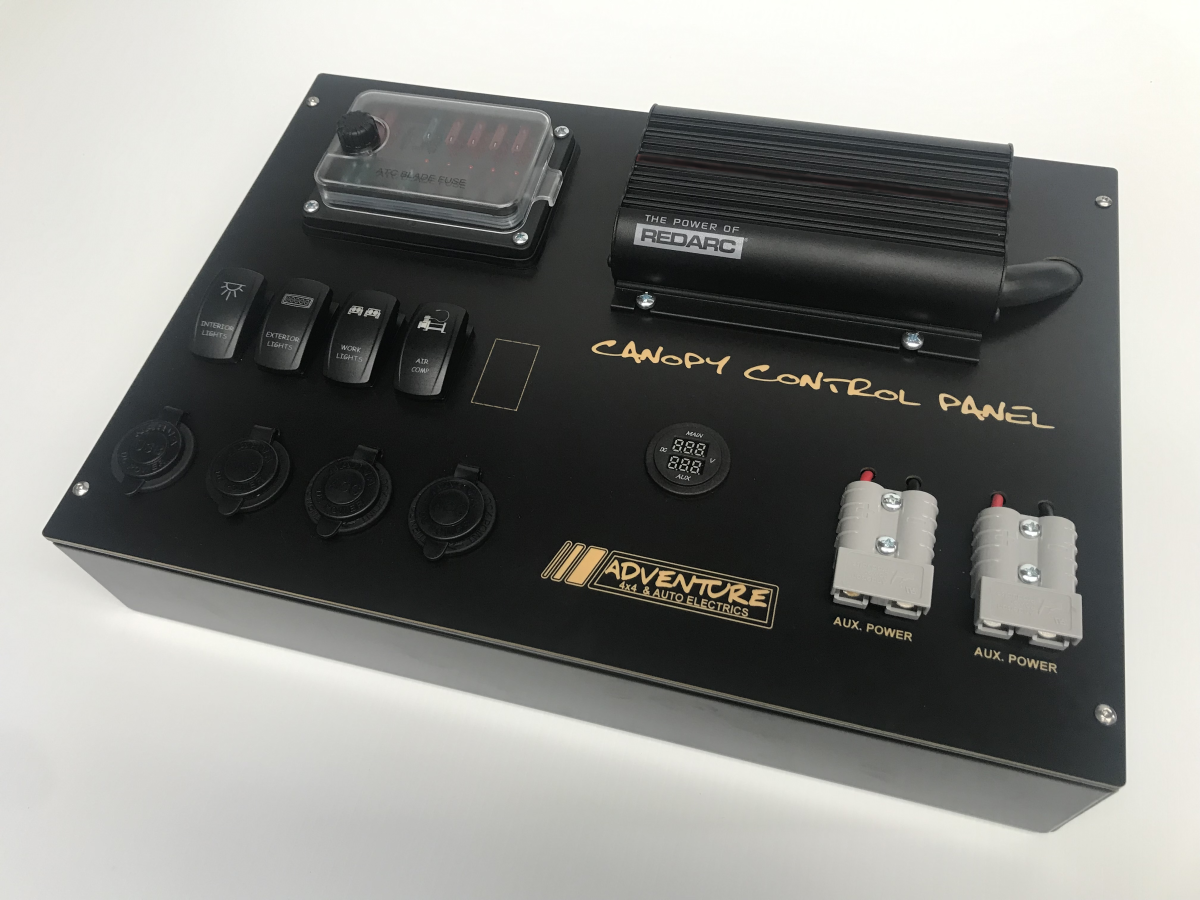
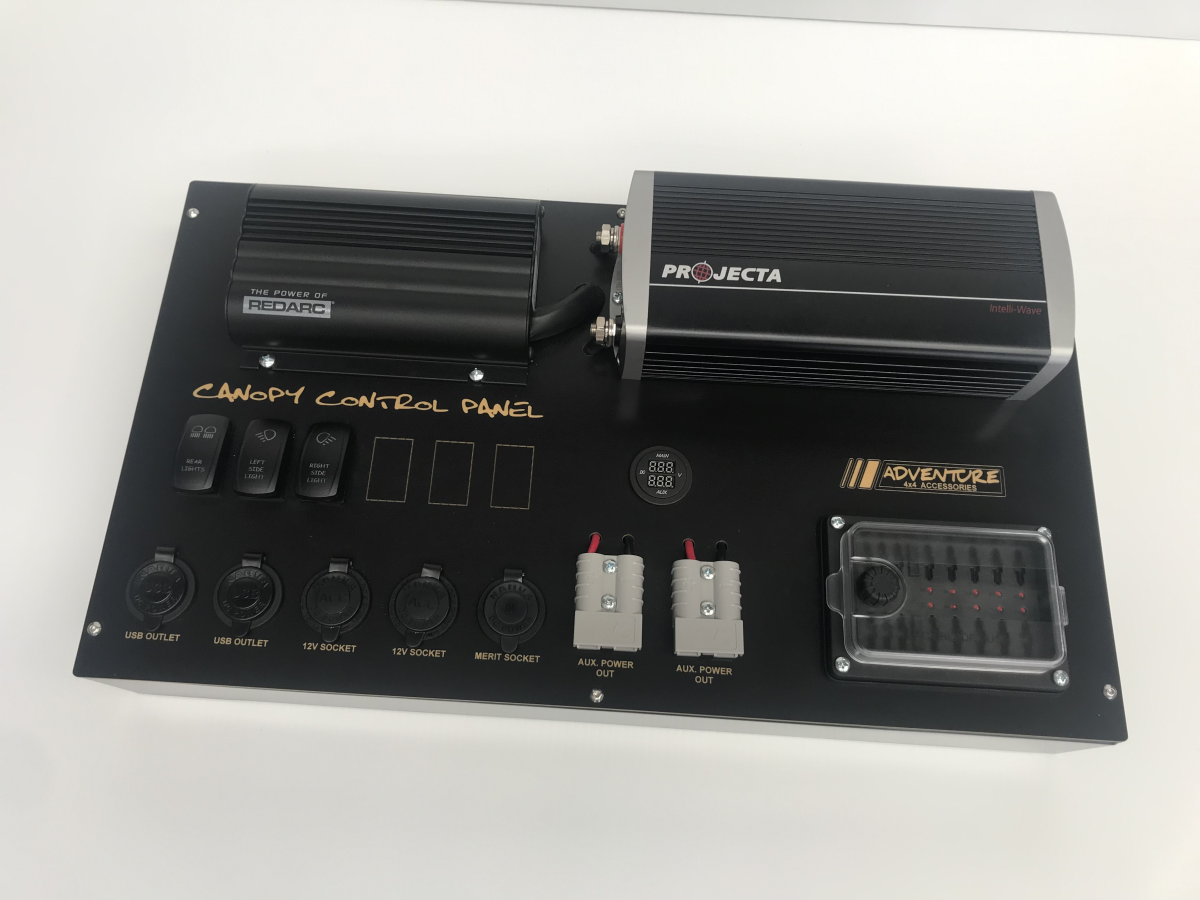
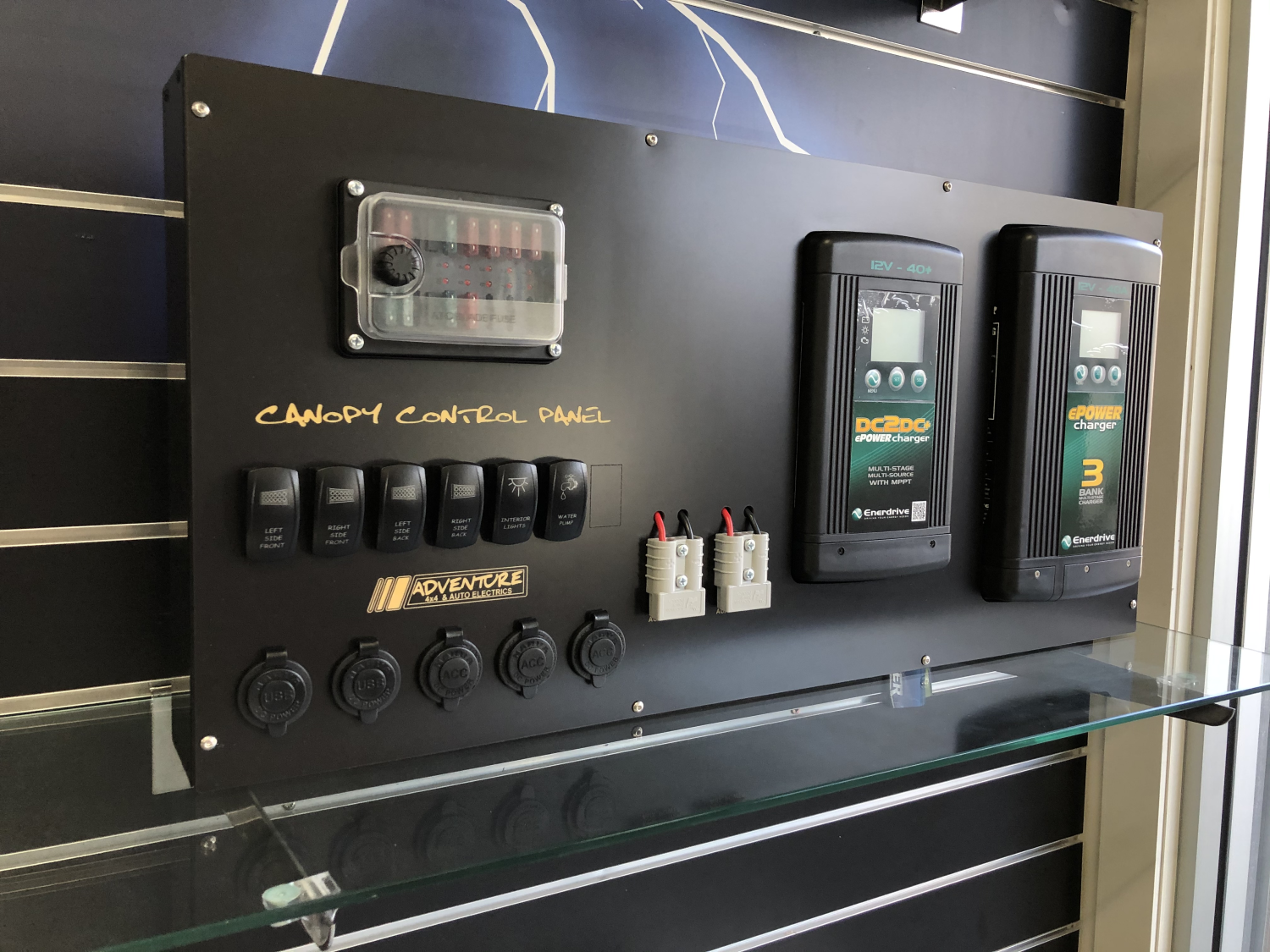
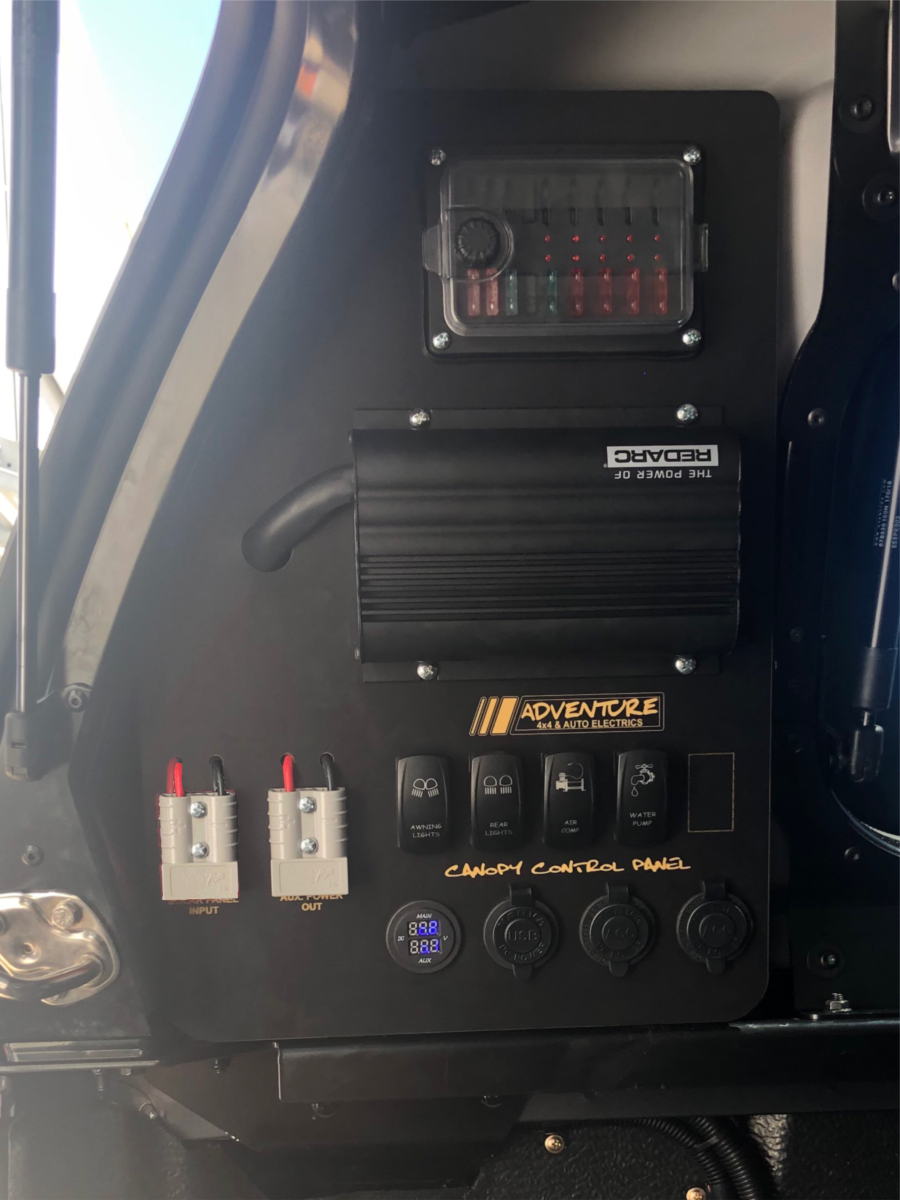
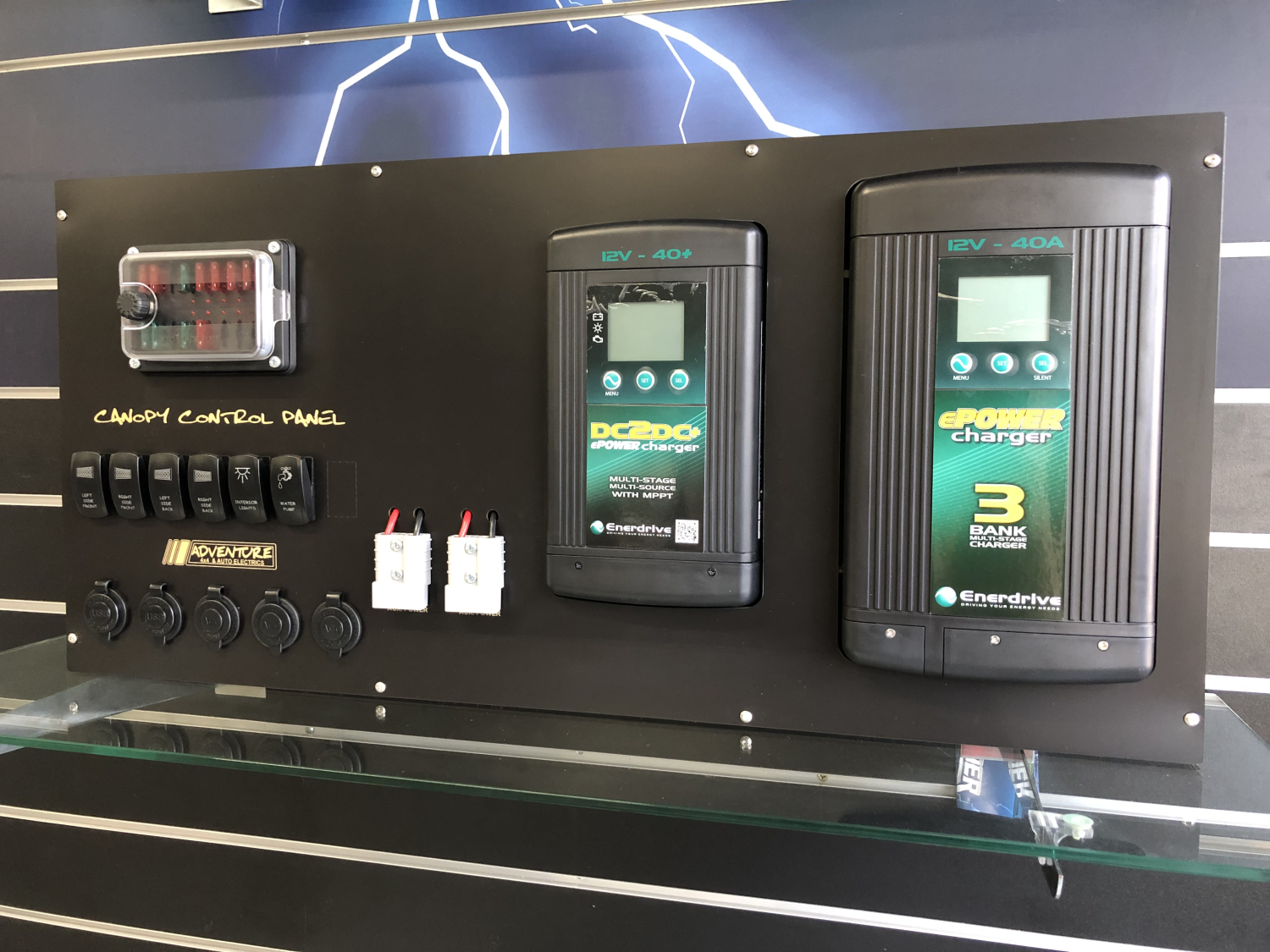
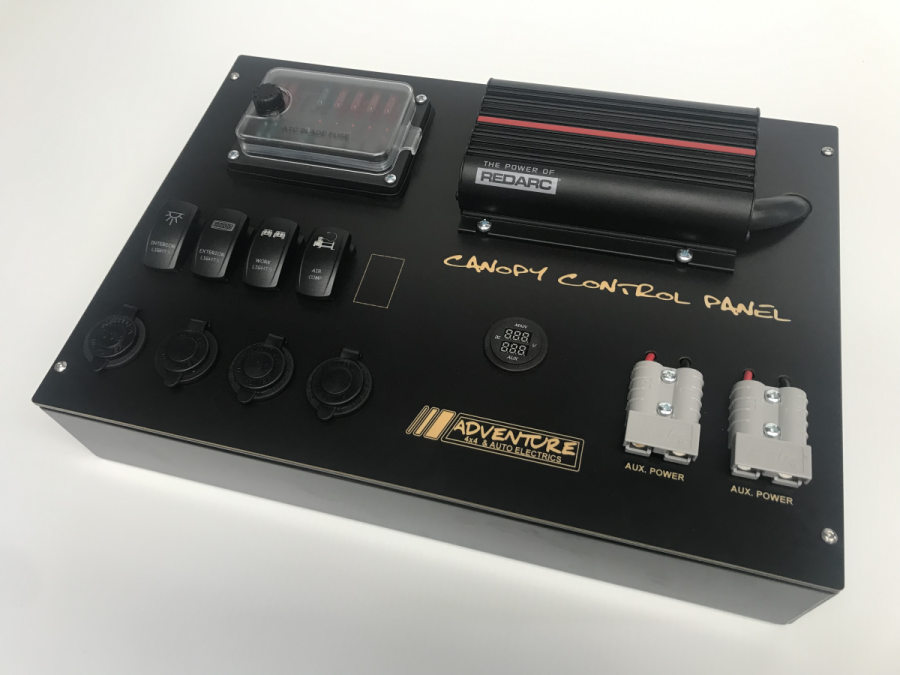
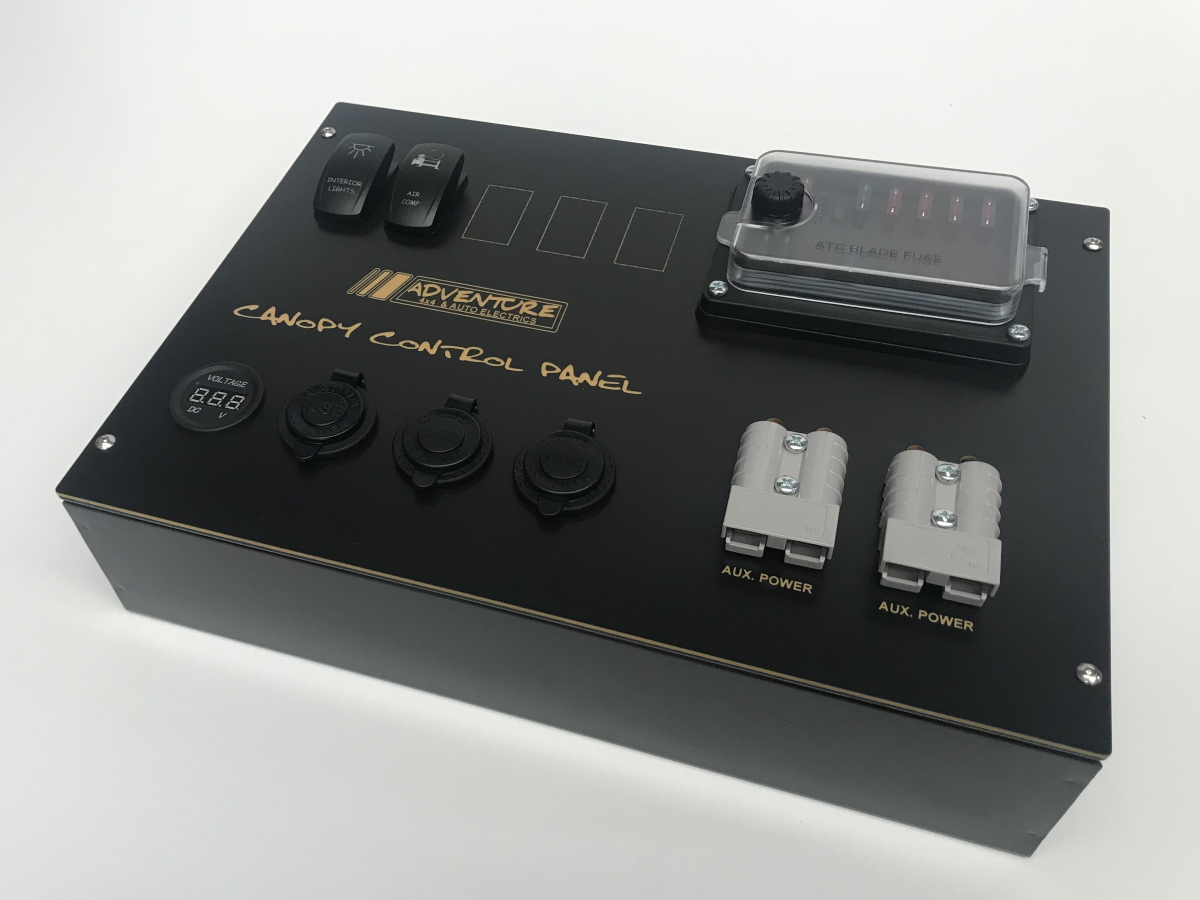
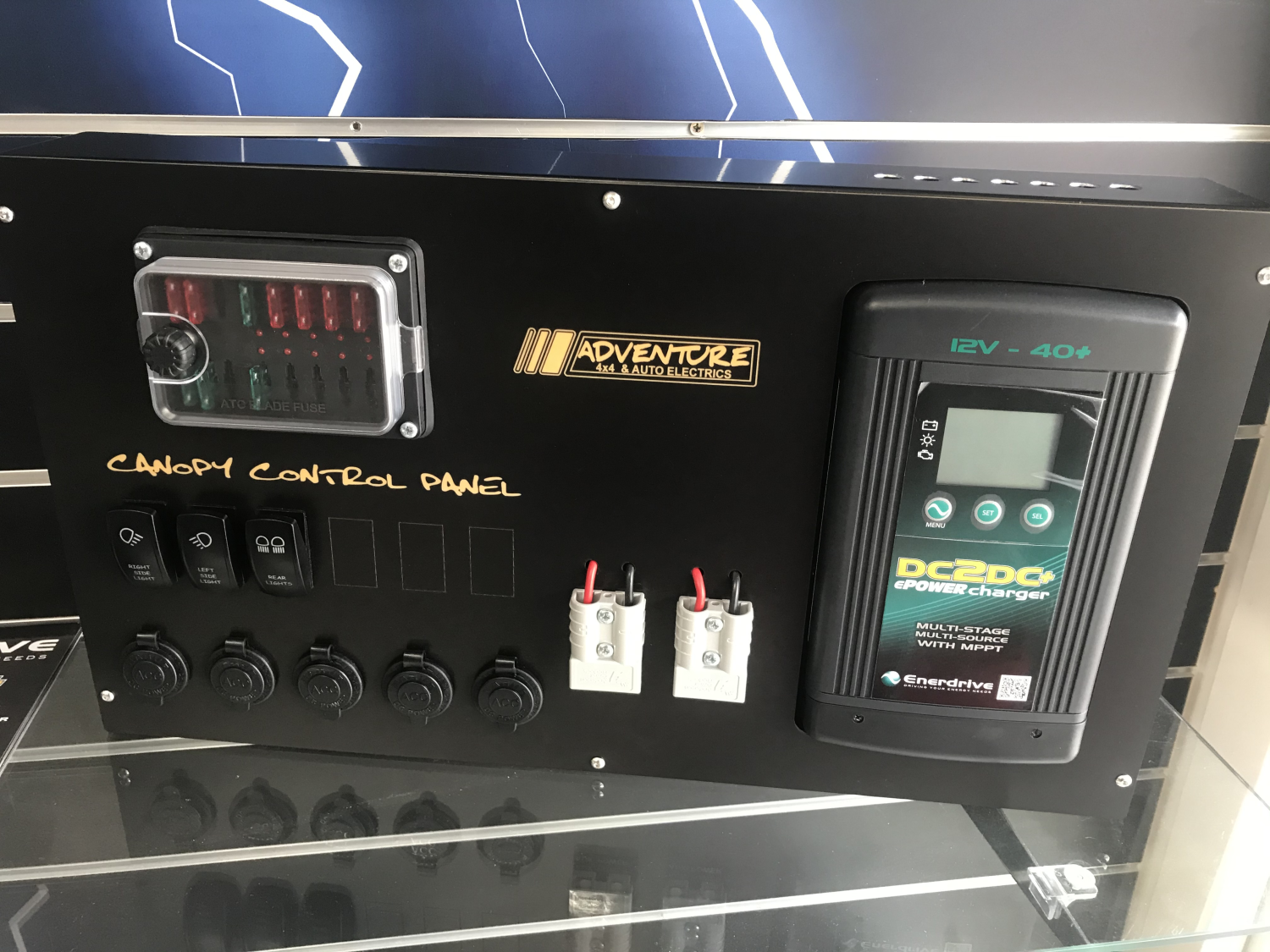

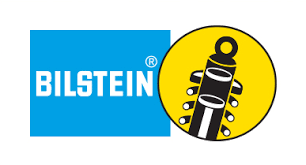


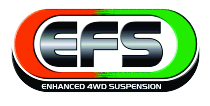


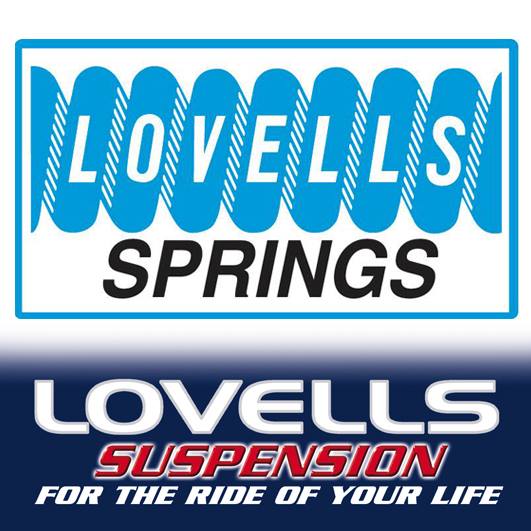


.jpg)


